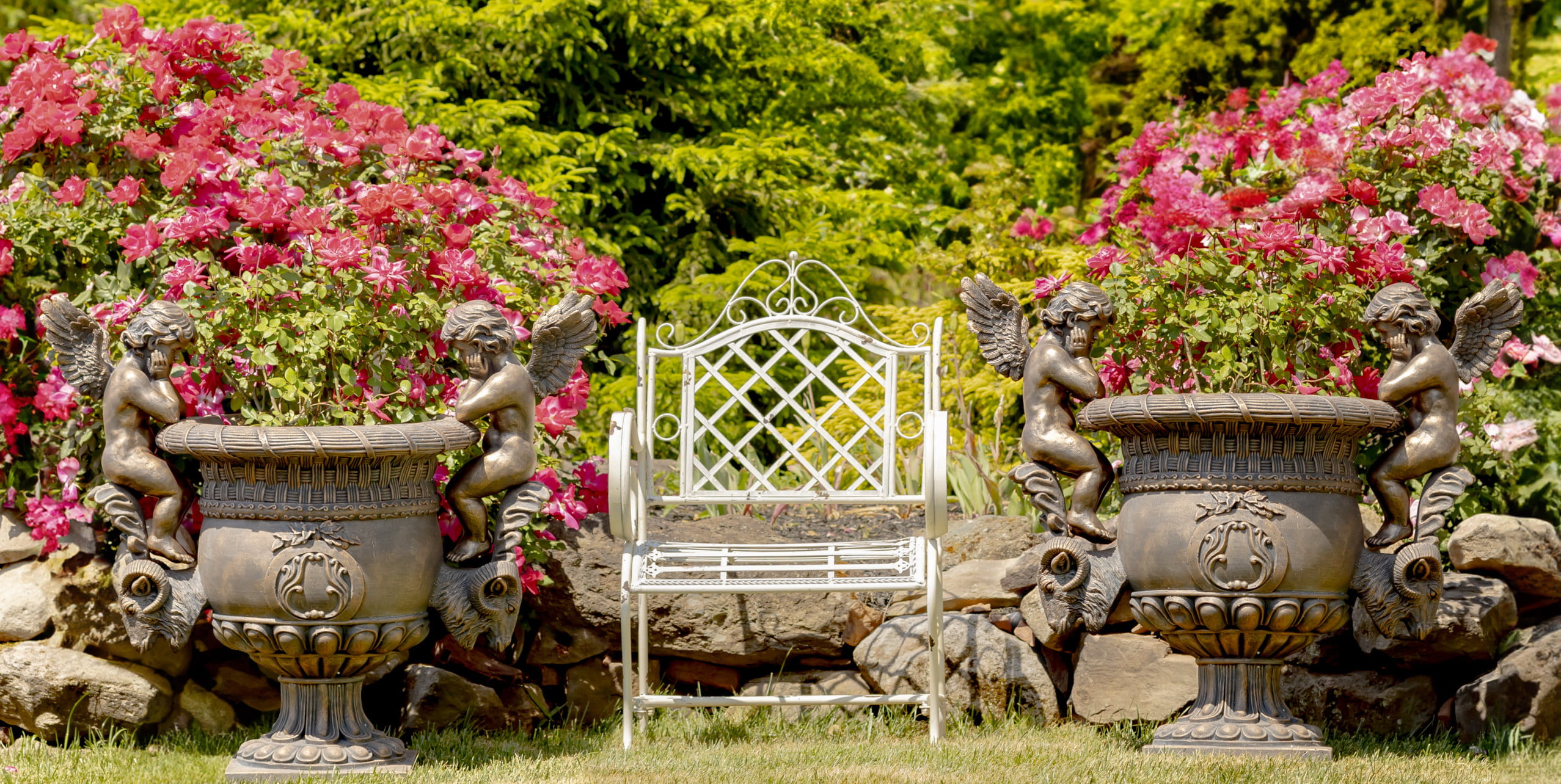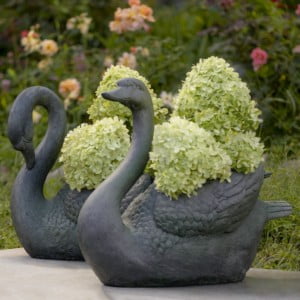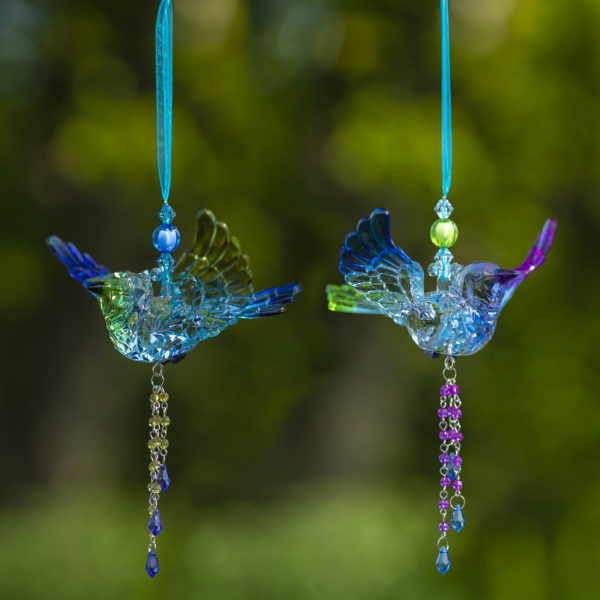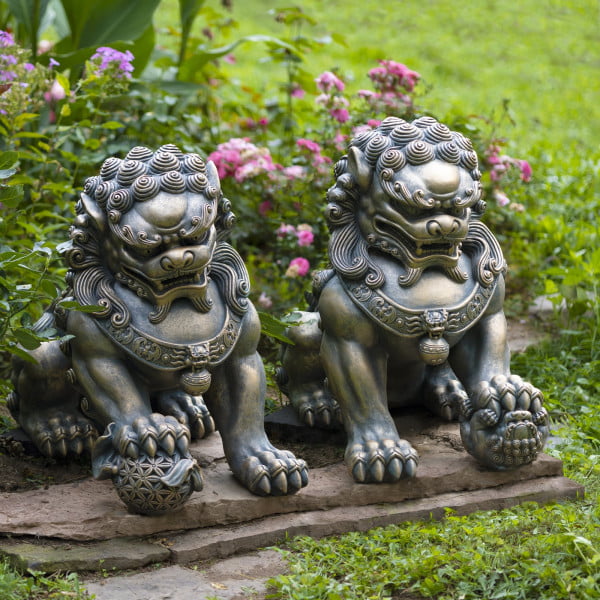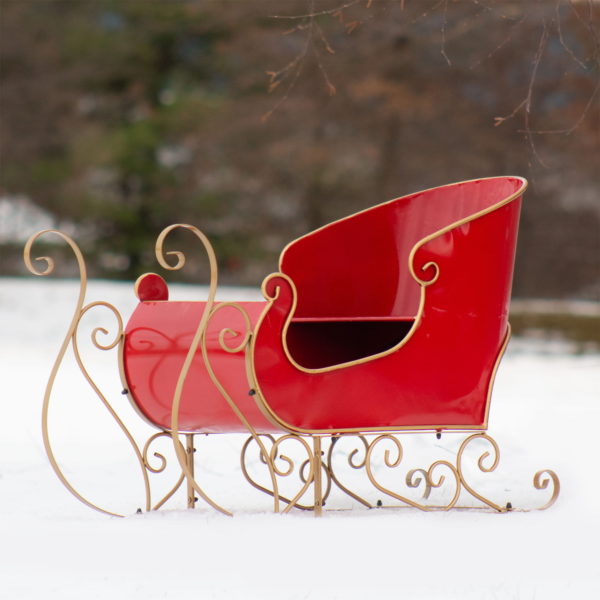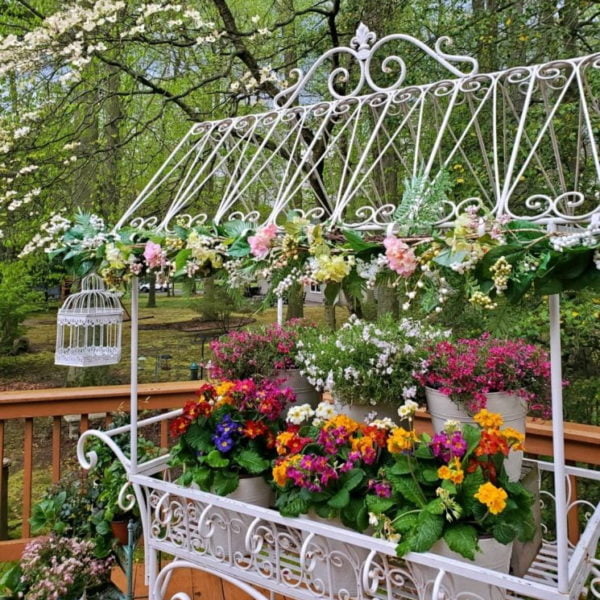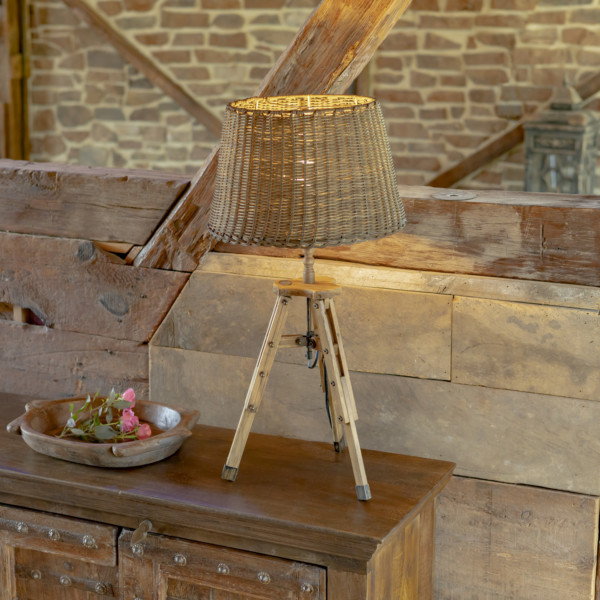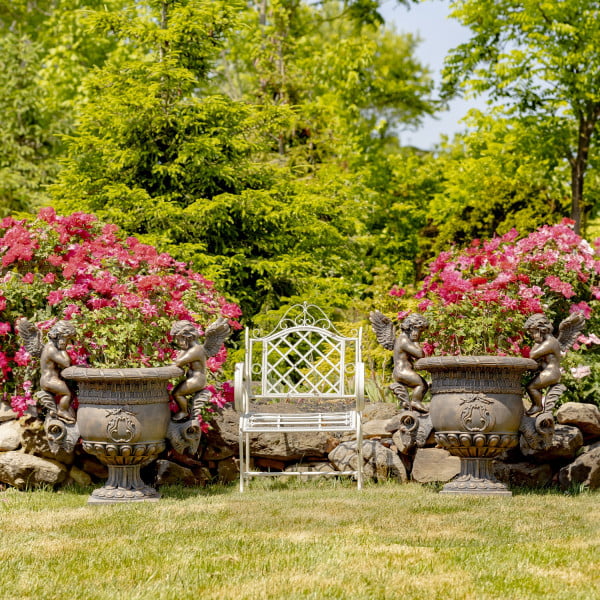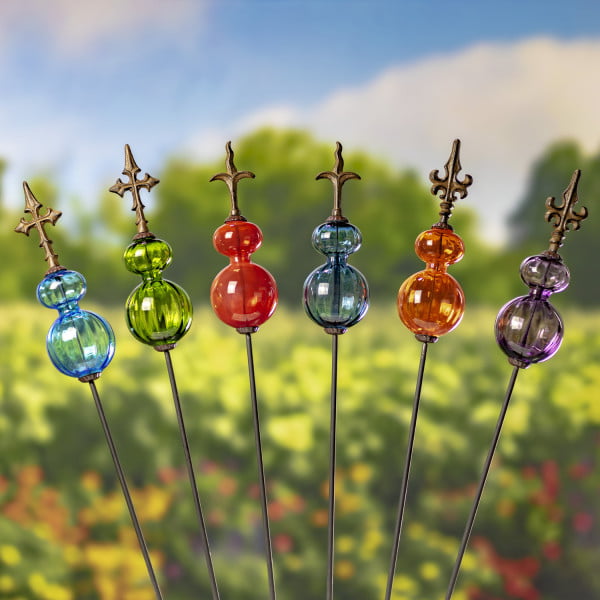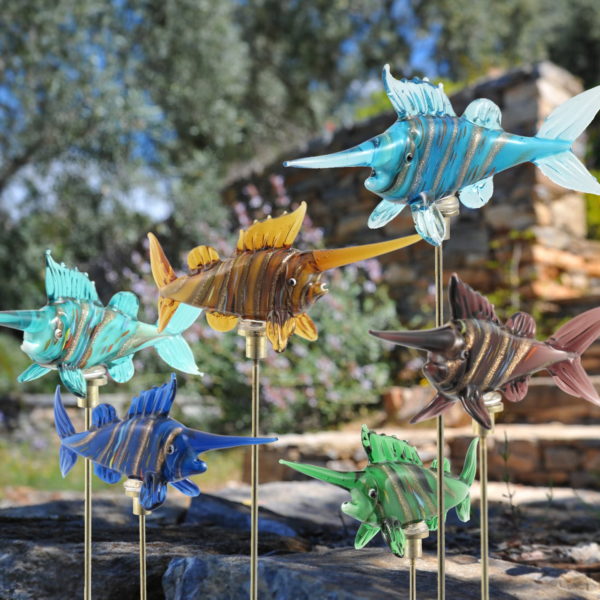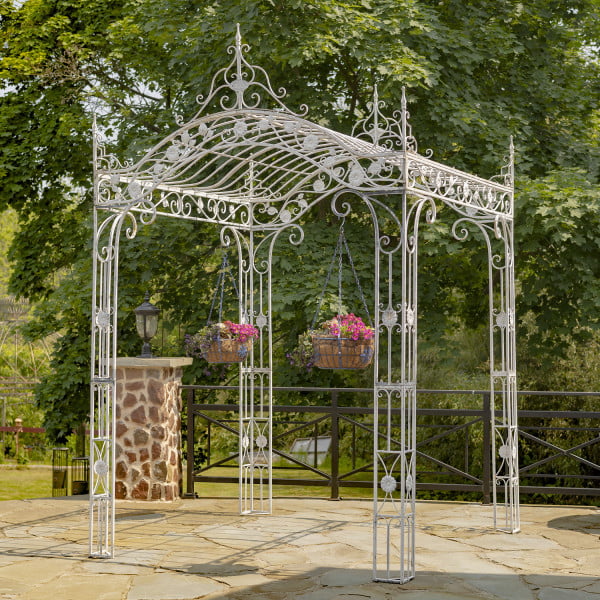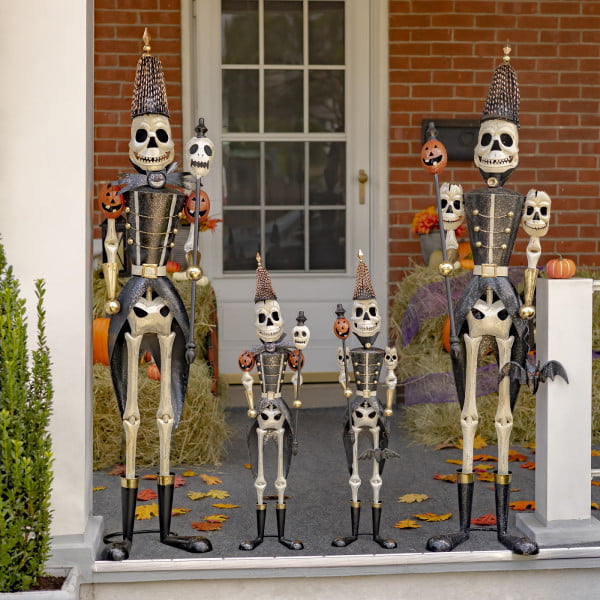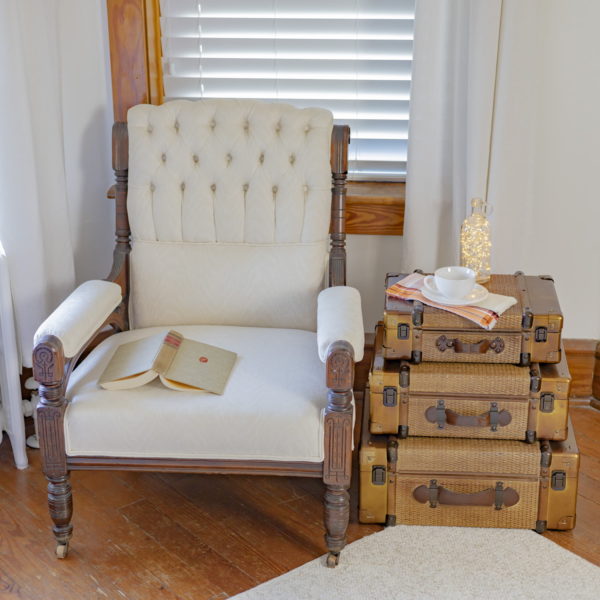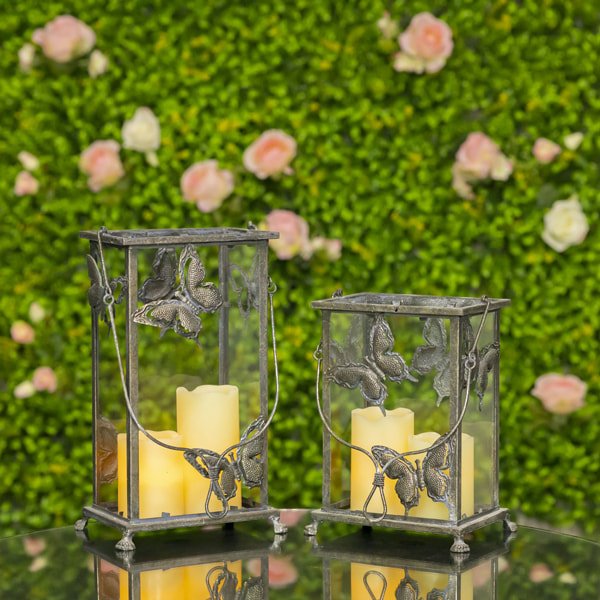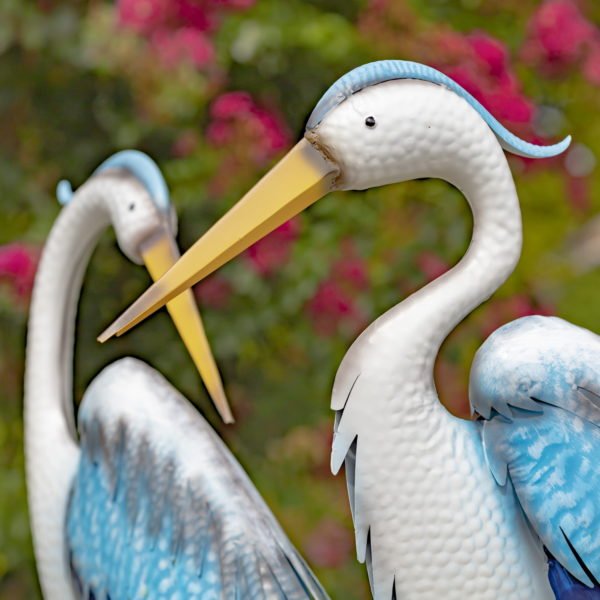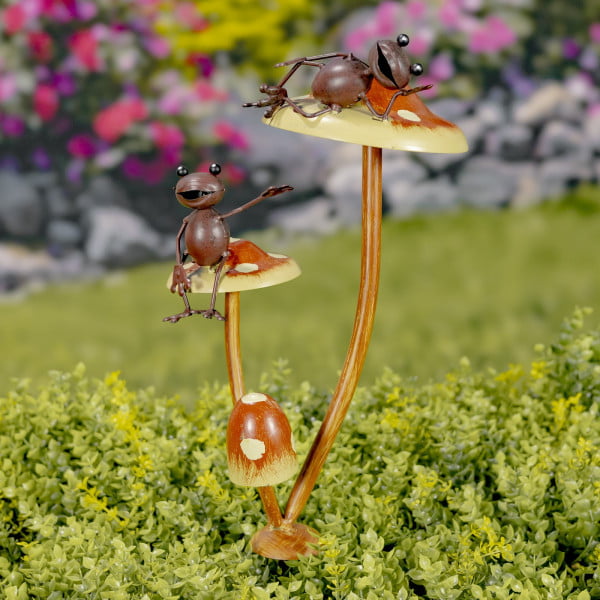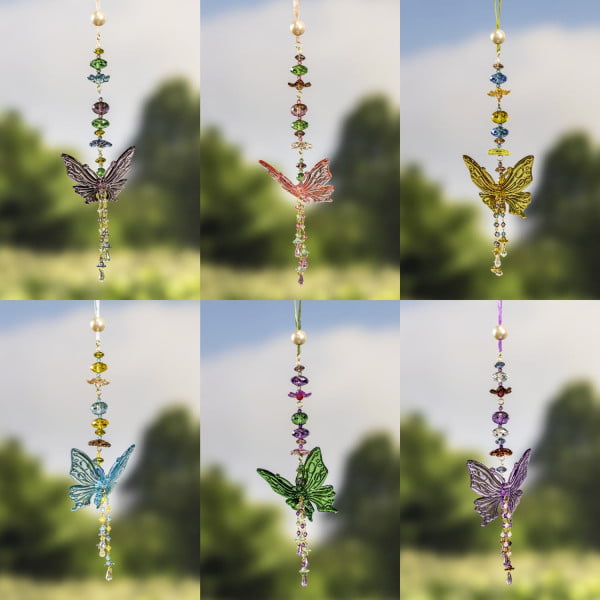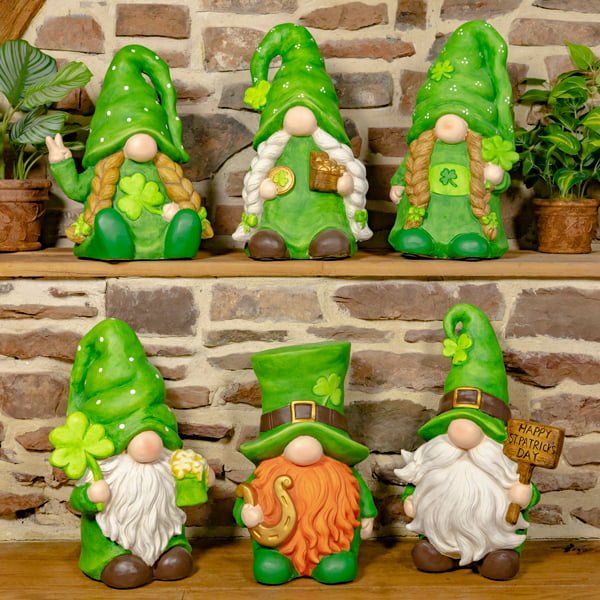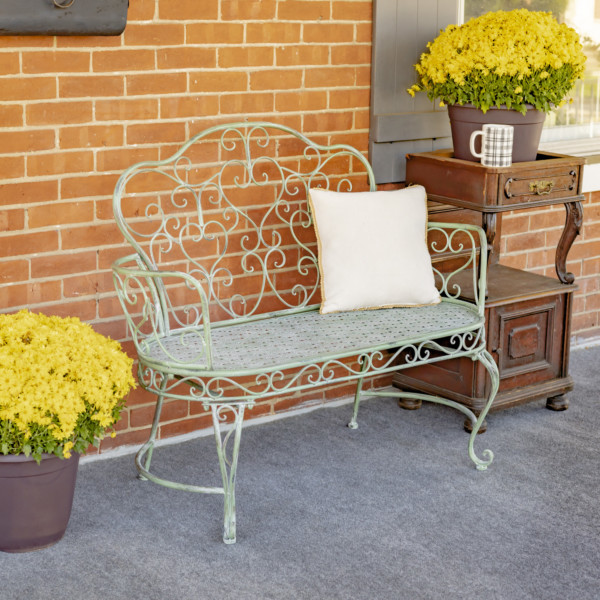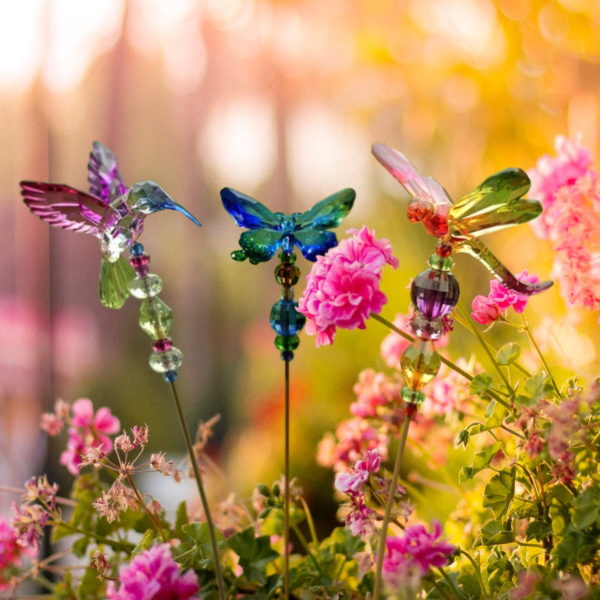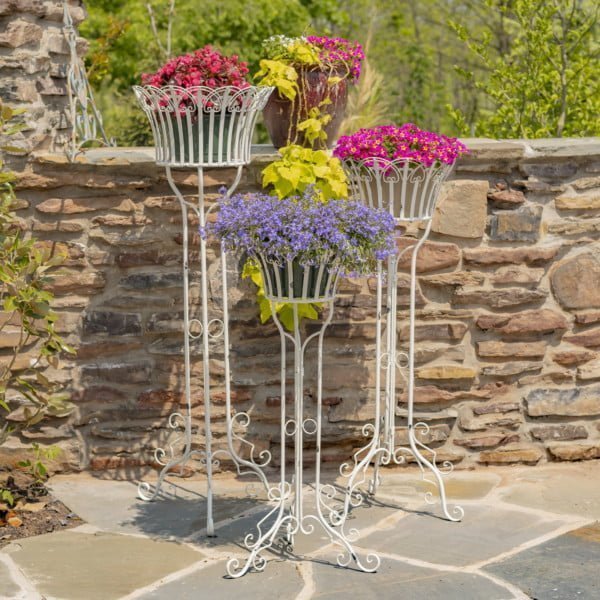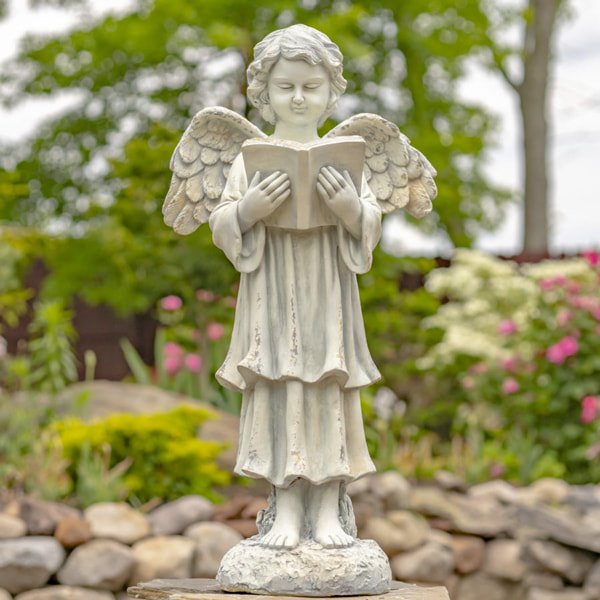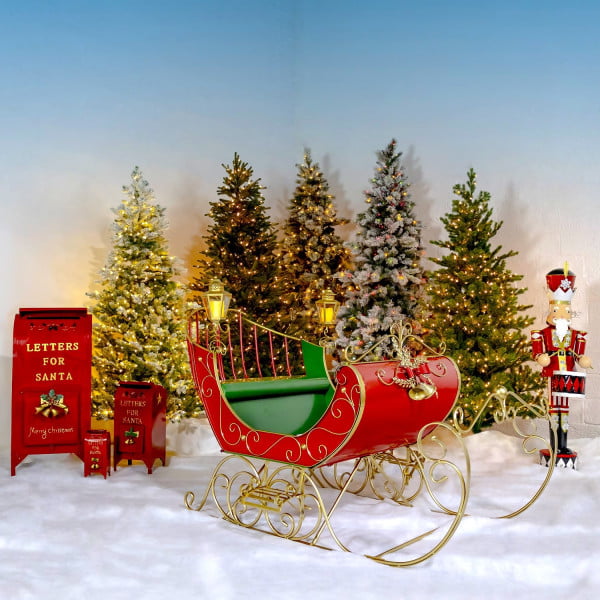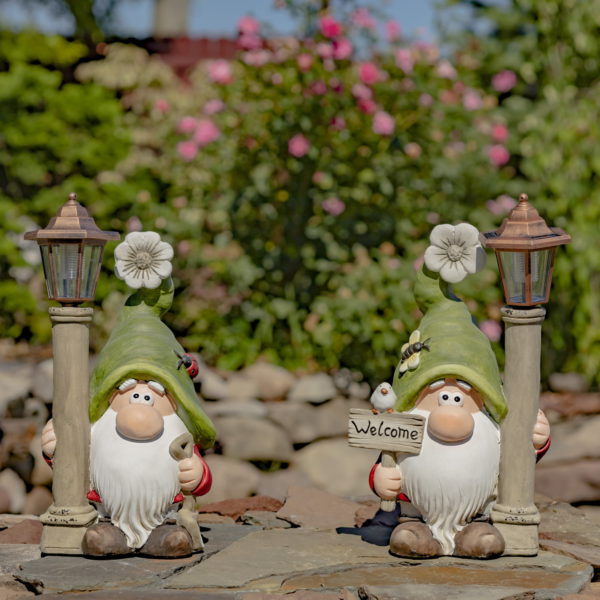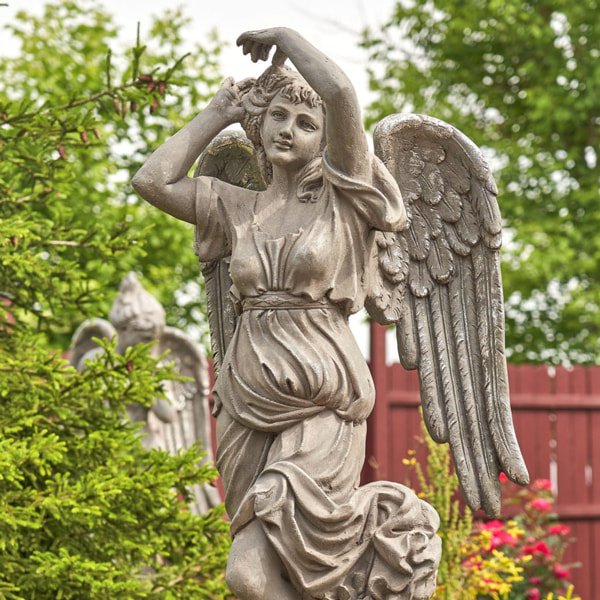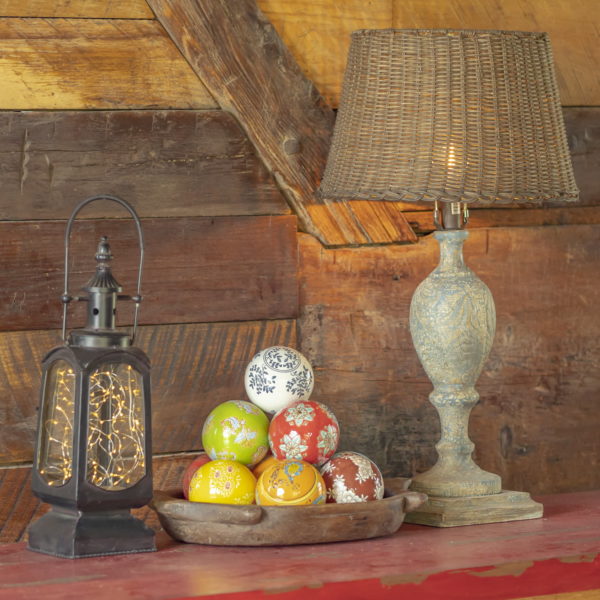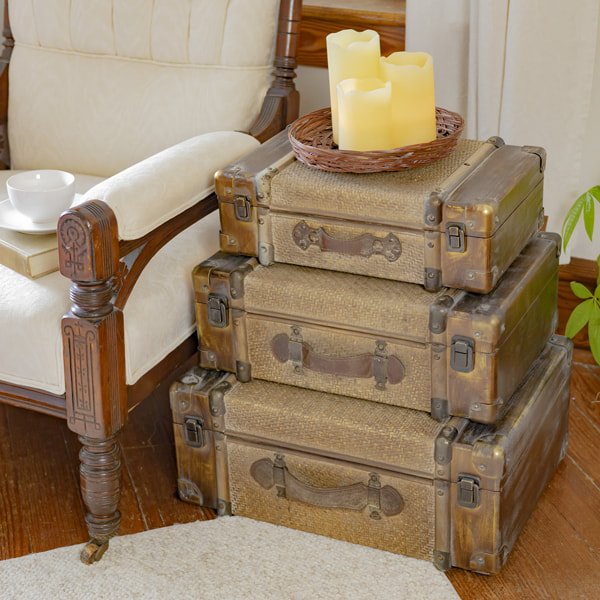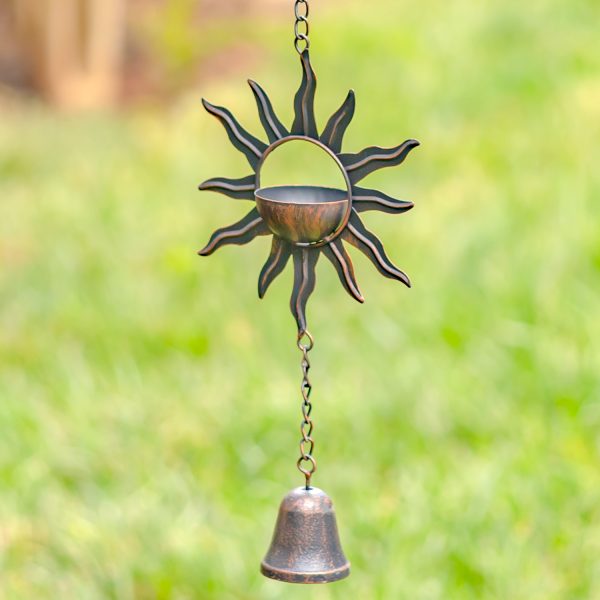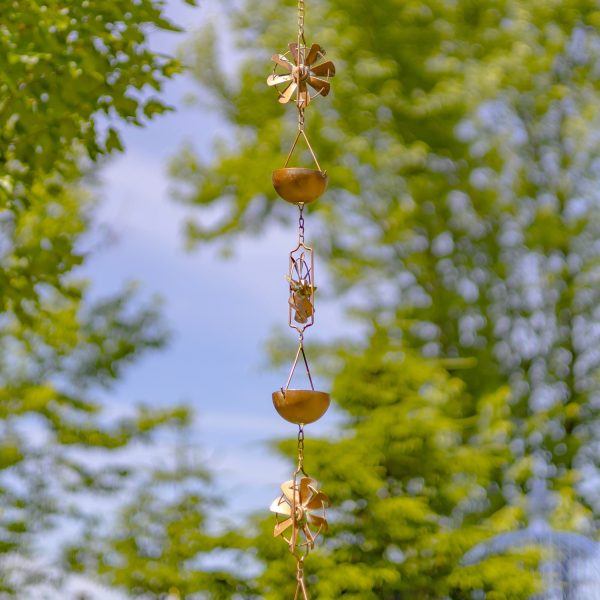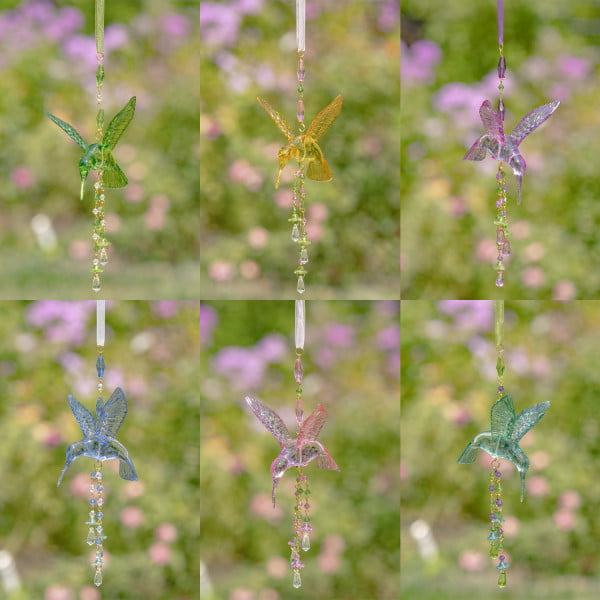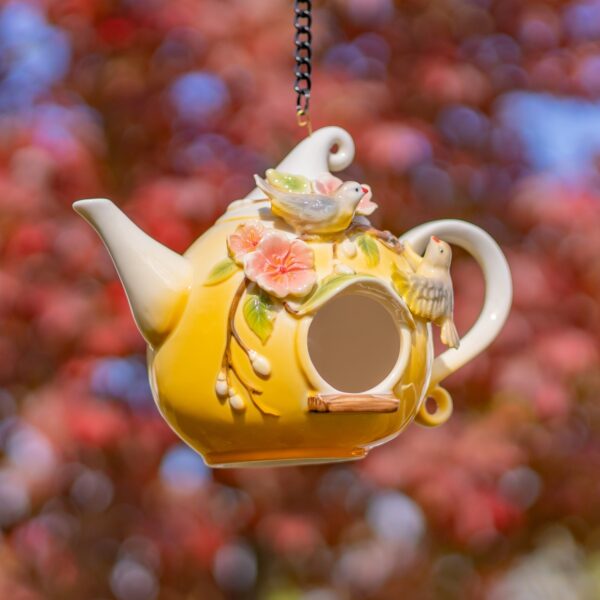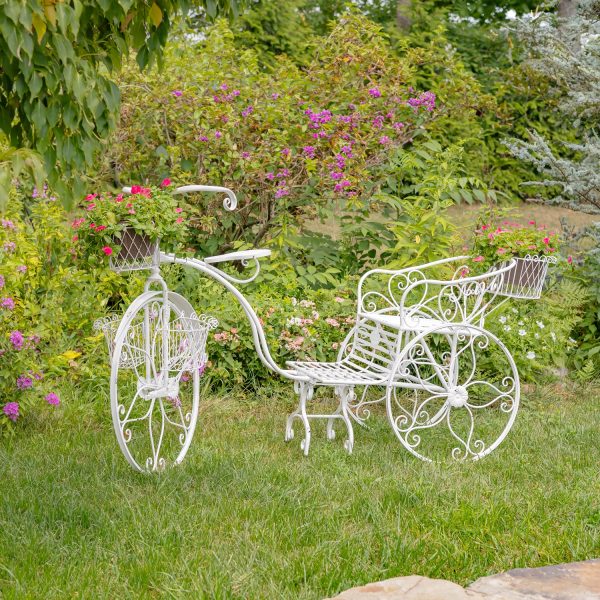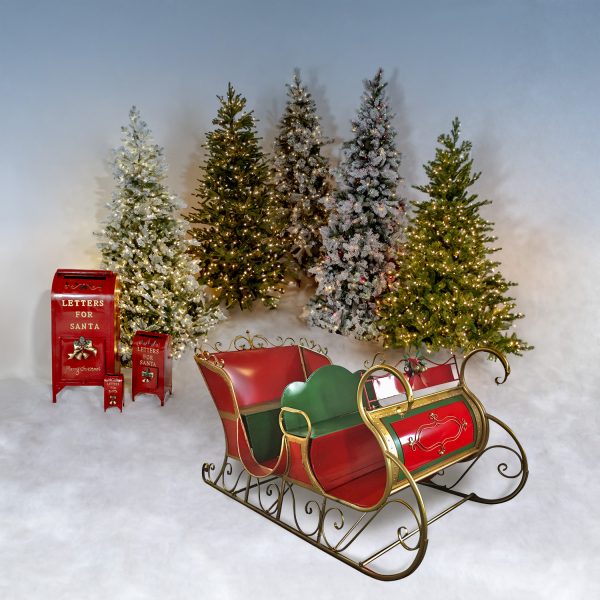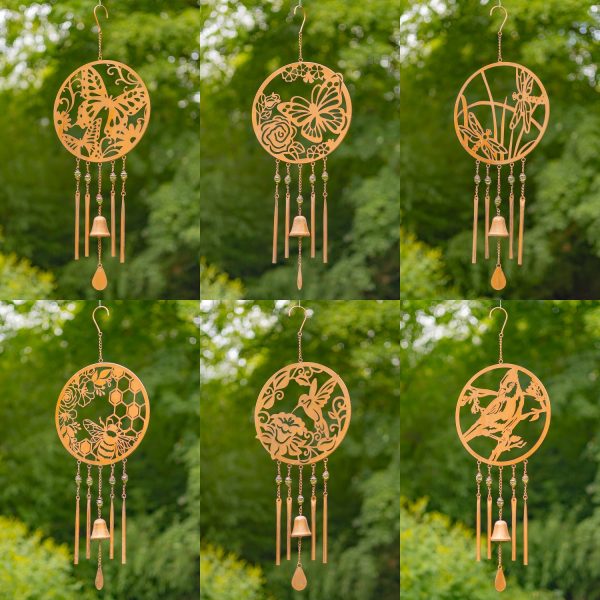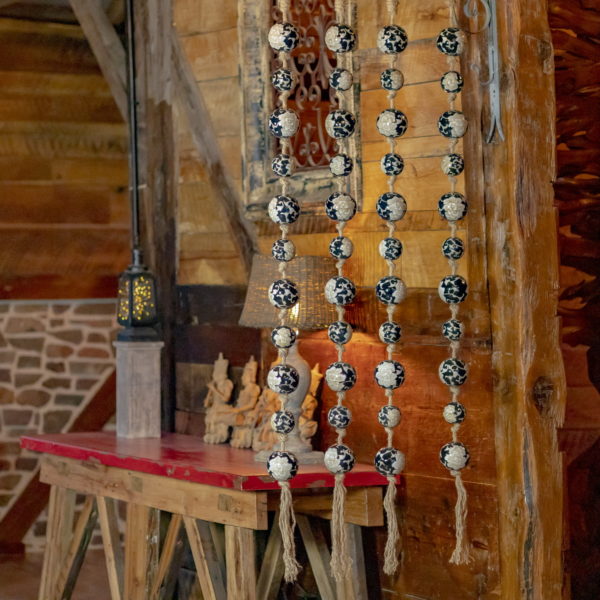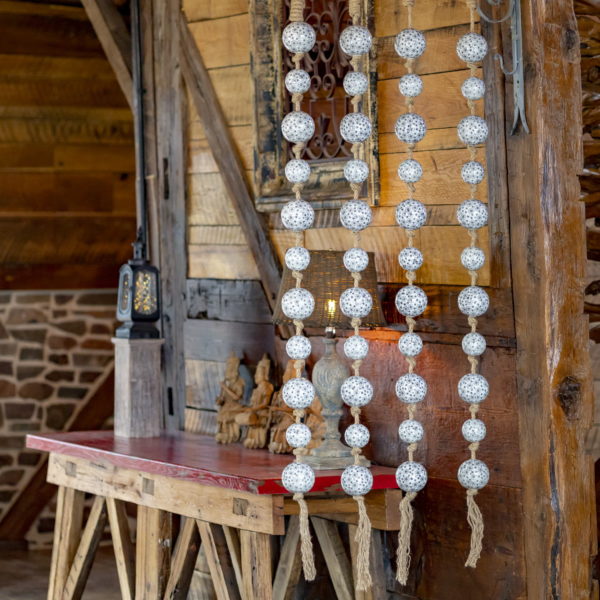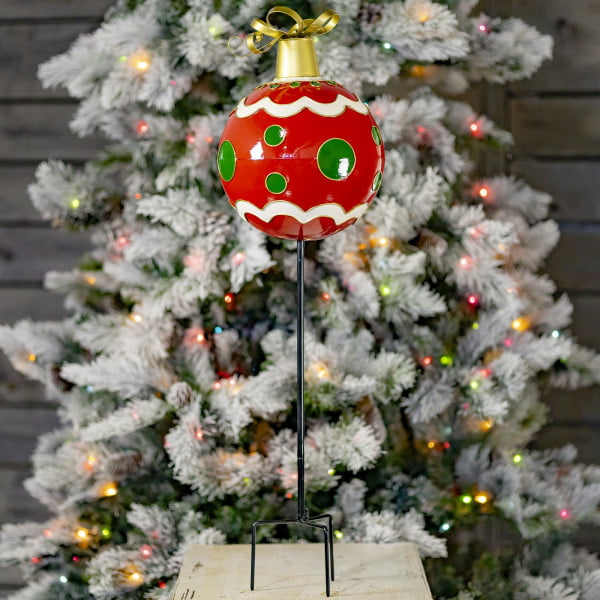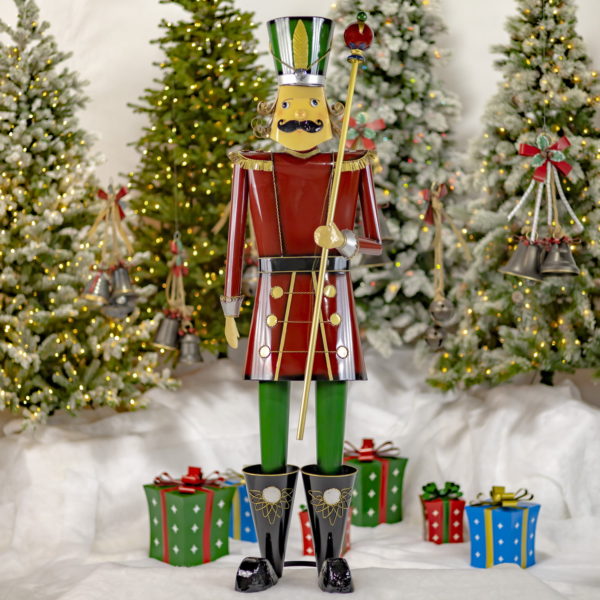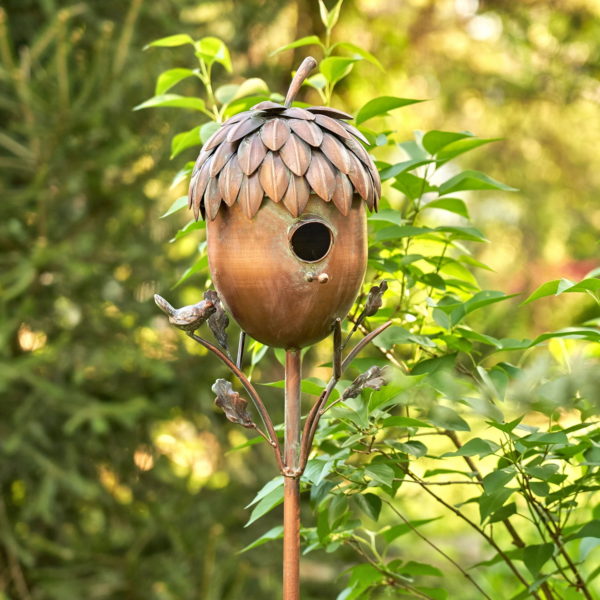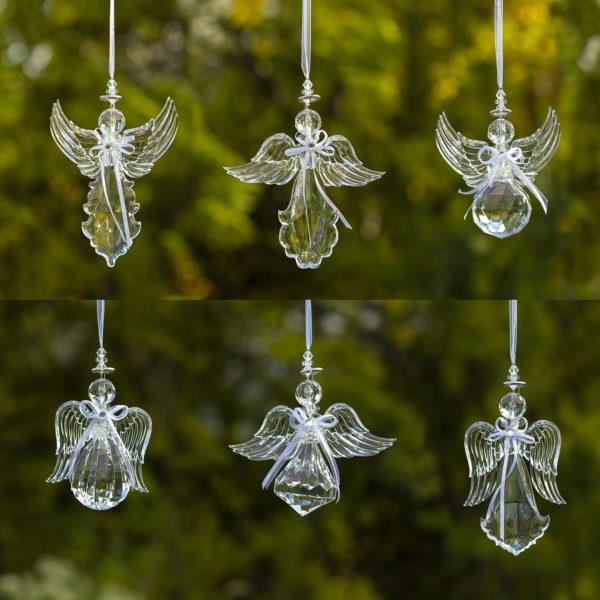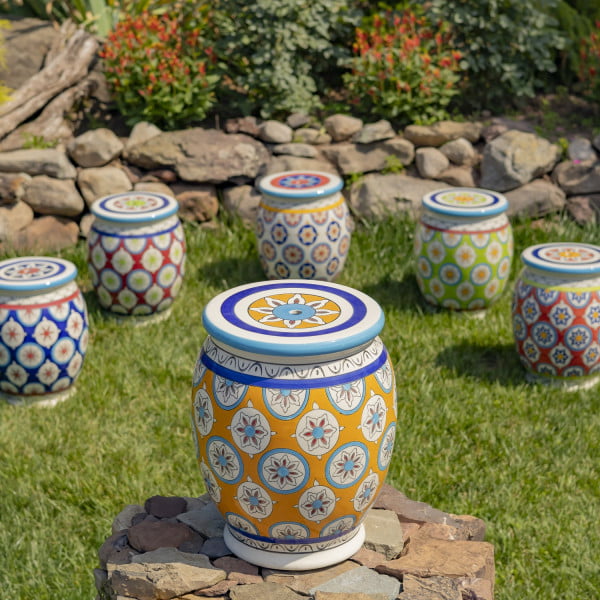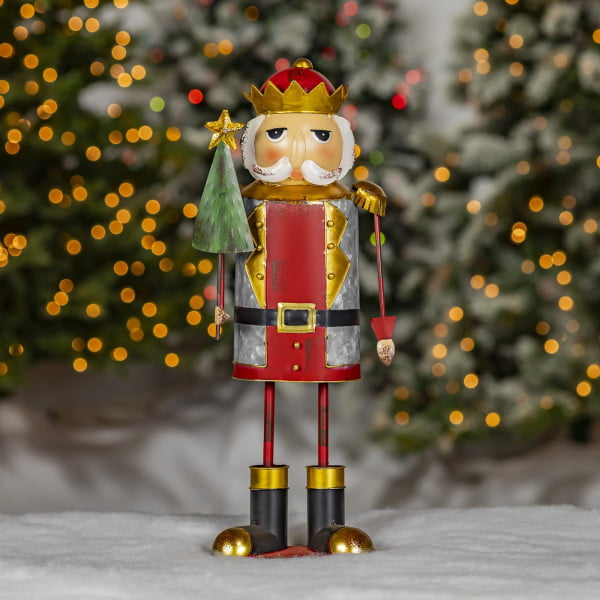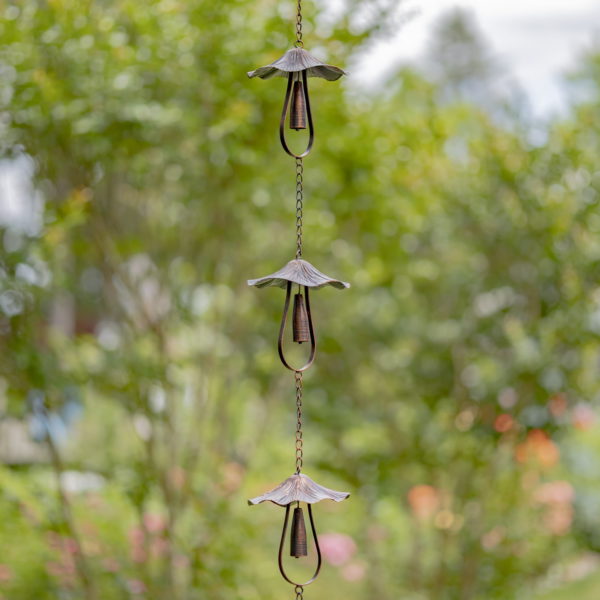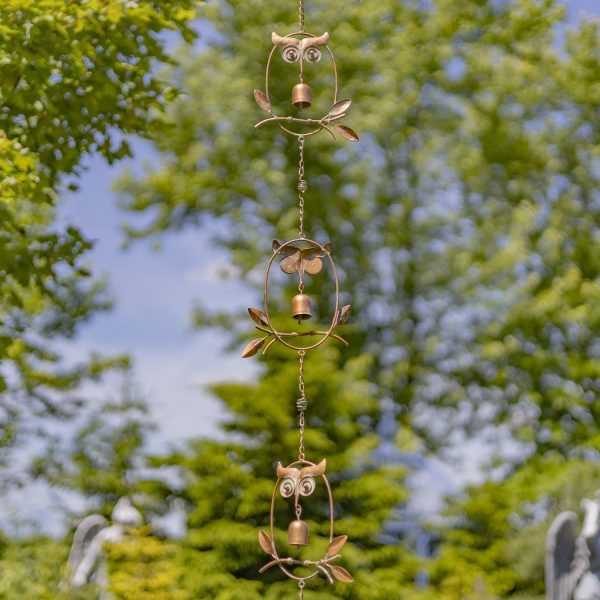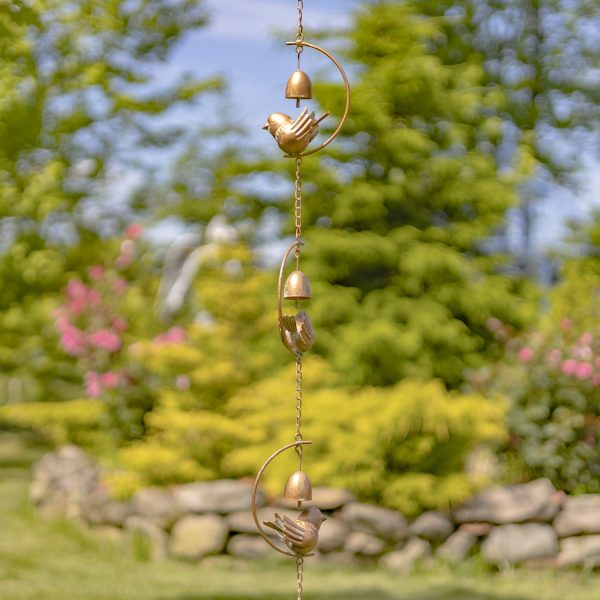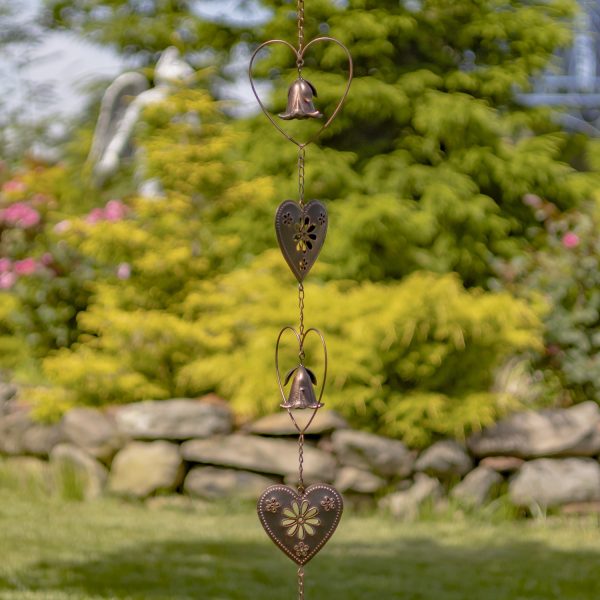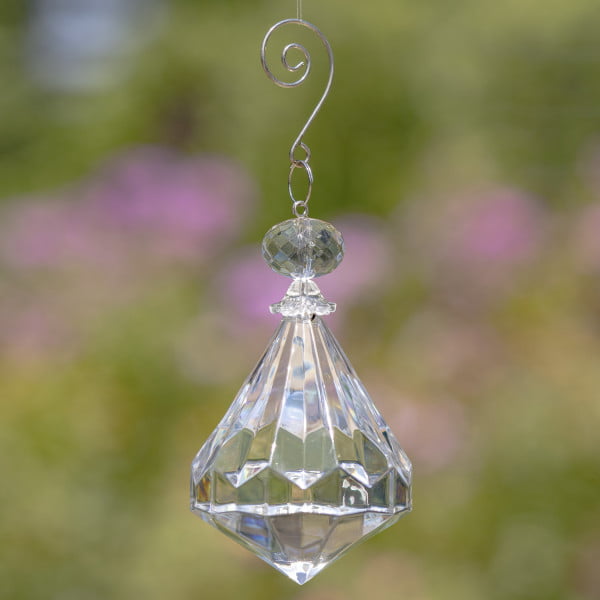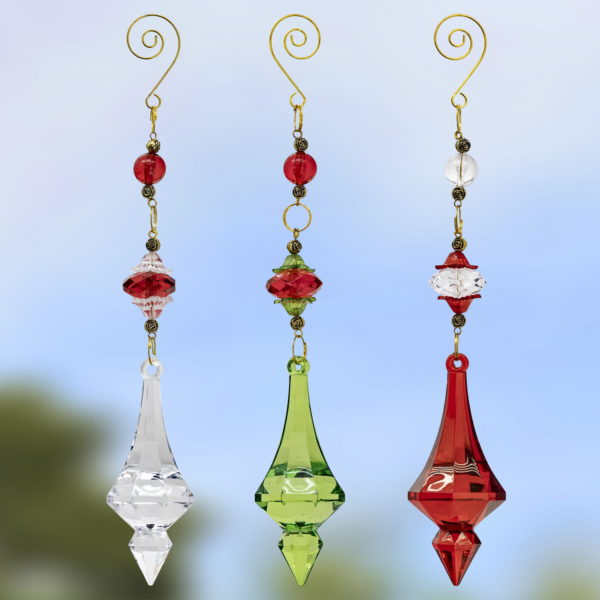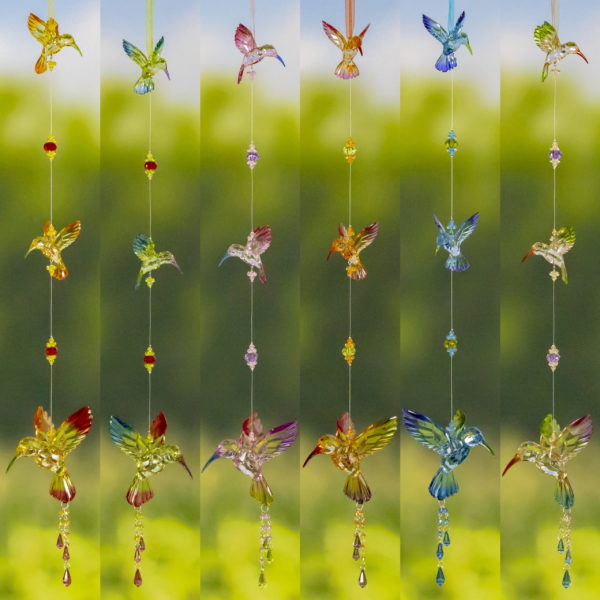Every spring the sun begins to rise high in the sky. The sky becomes a brilliant blue of the same name, and the buds begin to bloom. It’s also the time when we start thinking about the look of our homes in the summertime. What colors are going to be in our yards and gardens. Will we see bees this summer. What draws the butterflies to our house and so forth. Basically, it’s time to focus on beauty and color. Beauty, however, starts from the inside, like inside one of our excellently crafted planters or pots. Let us provide you with not just the beautiful exterior for you plants but also a starter guide to ensure that things grow with grace and ease.
” …ask your green thumbed auntie for a bit of advice
on what to feed your flower children…”
First things first; Choose Large Pots.
Moisture, moisture, moisture. Small pots don’t hold as much water and run the risk of drying out quickly. Although April showers bring May flowers, July heat can scorch your garden. That’s not something you want to come home to, dried browned flowers. To prevent this, you want to make sure that your flowers are well watered, not drowned. Larger pots are the best way to go for this. The soil will hold the moisture instead of you constantly watering your flowers throughout the day. Also be sure to know how much water your plants need as not all plants have the same water requirements. A succulent is not a rose.
Don’t Forget About Drainage.
Speaking of not drowning your plants. The best planters and pots have drainage holes at the bottom. This allows for excess water to drain out through the bottom of the pot or planter. Without this, your soil can become too moist and cause all kinds of problems for your plants. Root rot being a major one. Be very careful when choosing your pots and planters.
Fill Pots With Soil Only….
So, there’s a trend that suggests you add packing peanuts or empty boxes and the like to fill the bottom of the pot. This allows you to use less soil and have a lighter pot to move around. Though this might benefit us as planters, it’s not best practices for gardening as this cuts the amount of soil in the pot or planter, sometimes in half. That’s a bad idea. Thinking about point #1, more soil equals more moisture. Don’t cheat your plants, treat your plants. They’ll thank you for it with the utmost beauty and growth.
Use The Right Type Of Soil.
Ah, the siren call of ‘just any old dirt’-NO! Bad gardener. Your budding beauties need the best of the best. A soil tailored to the noble roots and prestigious growth. The elders know better. They have their brand and you should too. If you don’t it’s a good idea to begin building a relationship with a local garden tech at a near by Home Depot or ask your green thumbed auntie for a bit of advice on what to feed your flower children. They need to be ready for Summer in the City. while you’re there you should check the shelves to see what else we have in the building to either feed your babies or a new bed for the older ones. Make A List Before You Shop.
Shopping never changes. Whether its food shopping, car shopping or plant shopping. Have a list or a strong idea of what you want. Do some research, check out your favorite gardening mag or pick one up and start reading up on your new hobby. Just like food shopping on an empty stomach, going to the nursery without a list or a plan can be disastrous to your pocket. Make sure you have a plan and a purpose when you go shopping. Life is better that way.
Unify your vision, or not.
Grouping, that’s an interesting idea and it does work if planned out right. The plan requires, once again, research. Plants, like people, require different levels of attention and maintenance. We’re sure you’ve talked to your local garden center clerk or read up on your favorite plants and flowers beforehand. Whether it’s googling web articles, grabbing a print magazine (You dinosaur) or having a nice conversation with the local clerk make sure you understand what each plant your growing needs and don’t group plants of different temperaments together. Be discerning in your grouping approach as one bad apple spoils the bouquet.
Read The Plant Tags.
Each plant comes with a tag that gives you the basic growing information. Height, growth pattern, sunlight and water needs. These are very important for your flowers to grow healthy and strong. Once you’ve read the tags and begun your mission, we recommend putting them in a scrapbook or snapping a picture with your phone for reference. The scrapbook will allow you to add progress shots of your plants, thus creating a nice piece of art and memorabilia for your gardening journey. Once you know who needs what, you’ll not only be able to choose what flowers should be grouped together. You should preplan bouquets in your pots and planters.
Tease Twisted Roots.
Plant roots are adaptable and resilient. What we mean is, much like water, they tend to take the shape of whatever pot they start in. When removing your new friend from its birth pot you need to inspect the roots. Make sure they have some wiggle room and aren’t completely packed inside. Tease them out with your fingers to be sure they can grow in the pot you gave them, not the one they came from. Especially if you’re planting them in one of our large planters. They now have the room to wiggle their toes. Make sure they can stretch properly.
Don’t Pack the Soil Down
These large pots of ours give you lots of space. Let that be. Don’t over pack the pot with soil or pack it down tightly. You want to be sure that the water, air and sunlight can get through deeply and feed the roots of the plant, not just the petals. Best practices suggest you firm up the soil enough to keep the plant upright but not so much that the water and all other needed nourishment can dig deep down and do their job properly. This gives us healthier, happier plants. We want you to enjoy that along with the beauty of one of our planters.
Water Right After Planting
Once you’ve finished the planting it’s time to move the plants to their final home in your garden or to your sitting area outside. It’s a good idea to place them first then water them. Once you add the water the weights gonna go up. Way up. To minimize stress on yourself. Find your plants a final growing place and then water them.
You also want to make sure that you water the new transplants judiciously. Look for the water to begin to bubble up to the surface of the soil. It’s their first drink in a new spot. Treat them nicely and they grow to smile at you in the sunshine. Sounds good right?
In conclusion
Being a hotshot gardener isn’t the easiest thing to do and requires a good bit of understanding and practice. Nothing too hard for the likes of you and we’re here to help you with this great starter advice. Planting and following the proper regiment will reward you in many ways. Firstly. Looking amazing in one of our beautifully crafted planters or pots. Have a great journey to your green thumb and enjoy the sunshine this spring and summer. Your garden will thank you, no matter how jealous the neighbors get.

